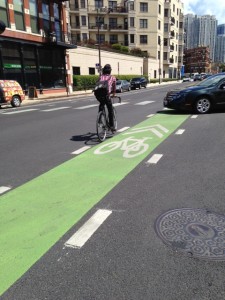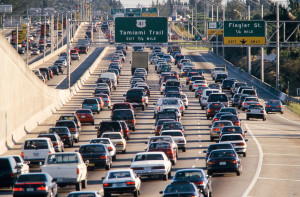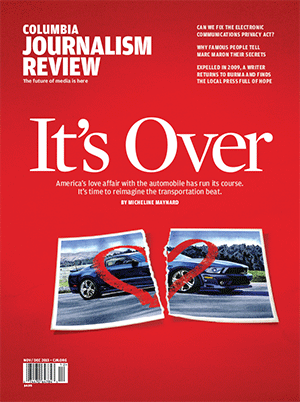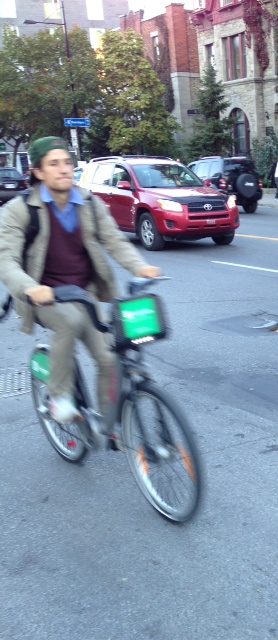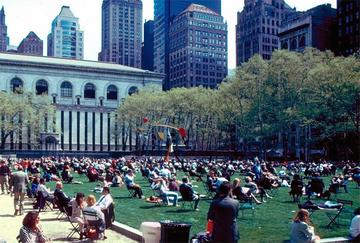By Micheline Maynard
 Bike sharing is exploding across the United States, with new programs popping up all over the United States. The nation’s bike sharing fleet has already doubled in 2013, and it’s expected to double again in 2014.
Bike sharing is exploding across the United States, with new programs popping up all over the United States. The nation’s bike sharing fleet has already doubled in 2013, and it’s expected to double again in 2014.
One of those new programs will be in my home town, Ann Arbor, MI. It seems an ideal spot for bike sharing, because of an active bike community, tens of thousands of students from all over the world, and a lot of bike lanes already in place over its 27.7 square miles.
This past week, I got some details about what’s planned for Ann Arbor from Heather Seyfarth, program manager for the Clean Energy Coalition, which is spearheading the local program. She and I spoke to the annual meeting of the Washtenaw Bicycling and Walking Coalition (my talk focused on the Curbing Cars project).
Ann Arbor’s program, which is about to be named, will be similar to other bike sharing programs across North America, but it has one main difference: it isn’t associated with Bixi, which oversees the programs in Montreal, Toronto and New York, among other places, and which is on shaky financial ground. Continue reading

